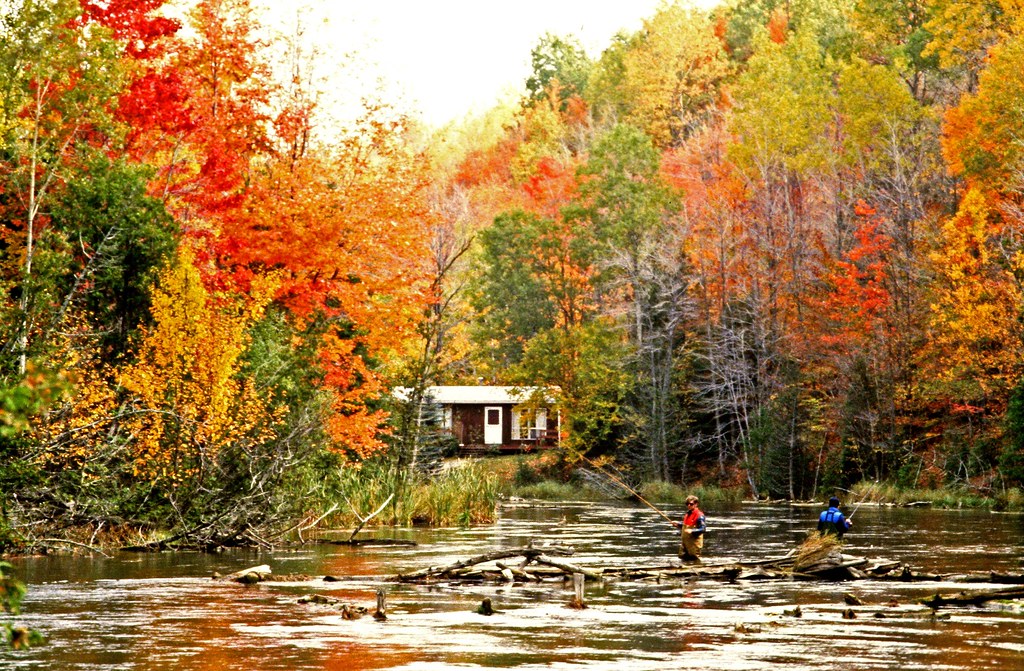
As summer gives way to fall, the fishing landscape begins to shift. The air turns crisper, daylight hours grow shorter, and the waters settle into a new rhythm.
The long, sweltering days of chasing bass in shaded shallows or panfish around lily pads are behind you. In their place comes a season of changing temperatures, evolving fish behavior, and the anticipation of some of the year’s most rewarding catches.
This transition into fall and the early months of winter brings both challenges and opportunities. Cooler weather fishing calls for patience, thoughtful adjustments to gear, and refined tactics.
Whether you are casting from the shore or heading out on a boat, understanding the nuances of the season can make all the difference. The following ten tips are designed to help anglers navigate this shift and make the most of every moment on the water.
1. Follow Seasonal Movements
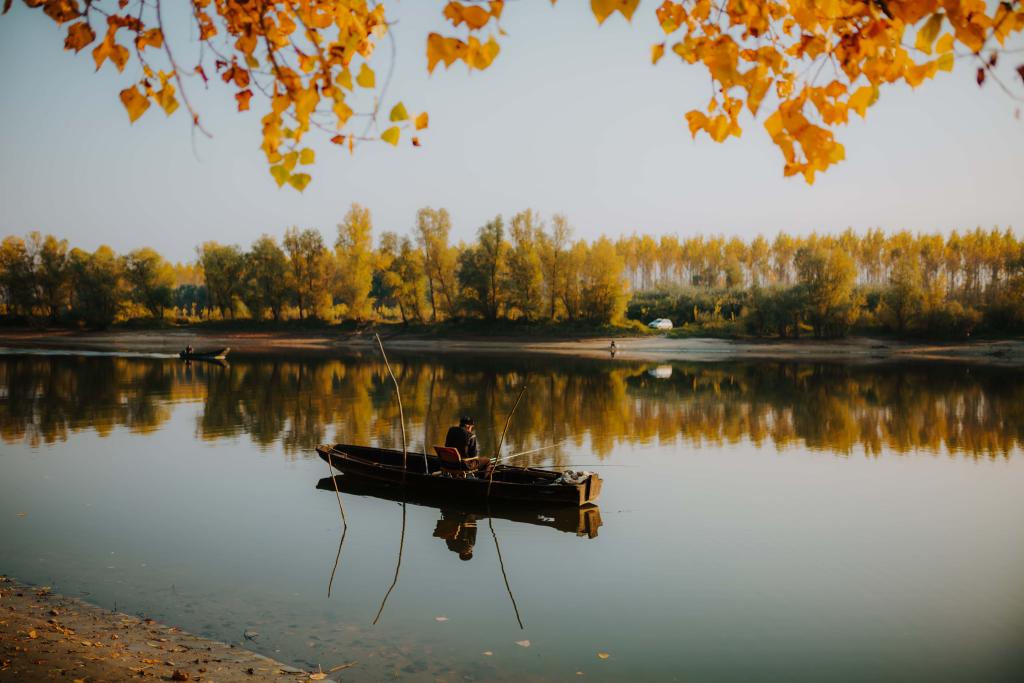
As fall settles in, fish are constantly adjusting to the cooling water. Bass, walleye, and panfish often leave the shallow summer areas and head toward deeper structures where the temperature is more stable. Prime locations to target include creek mouths, channel edges, and submerged points.
Understanding where fish move starts with their food. Baitfish are migrating too, and predators are never far behind. Using sonar or mapping tools can help you trace these transition routes and fish along the natural pathways that connect shallow feeding zones to deeper holding areas. Following these underwater highways often leads to some of the most productive catches of the season.
2. Slow Down Your Retrieve
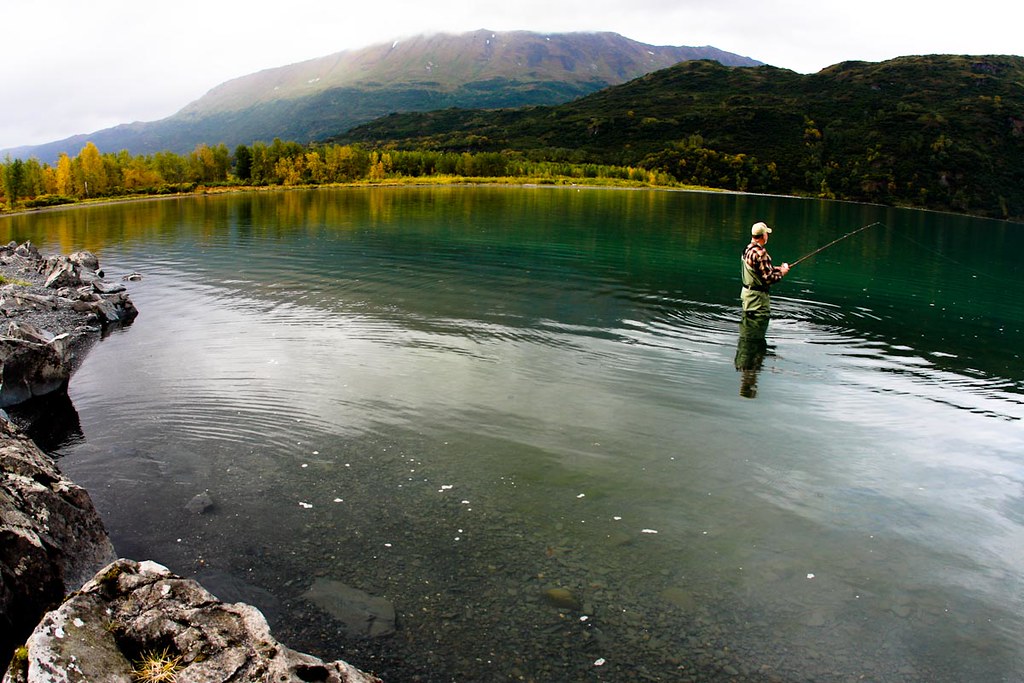
During the warmer months, aggressive retrieves can often trigger reaction strikes; however, as the water cools, fish metabolism slows, and they become more deliberate in their movements. When lures move too quickly, they may simply ignore them.
Slowing down your presentation is key. Drag a jig along the bottom instead of hopping it, or let your crankbait pause a little longer between retrieves. A steady, unhurried approach gives fish the time to inspect and commit, often turning tentative nibbles into solid hook-ups.
3. Match the Hatch with Smaller Baits
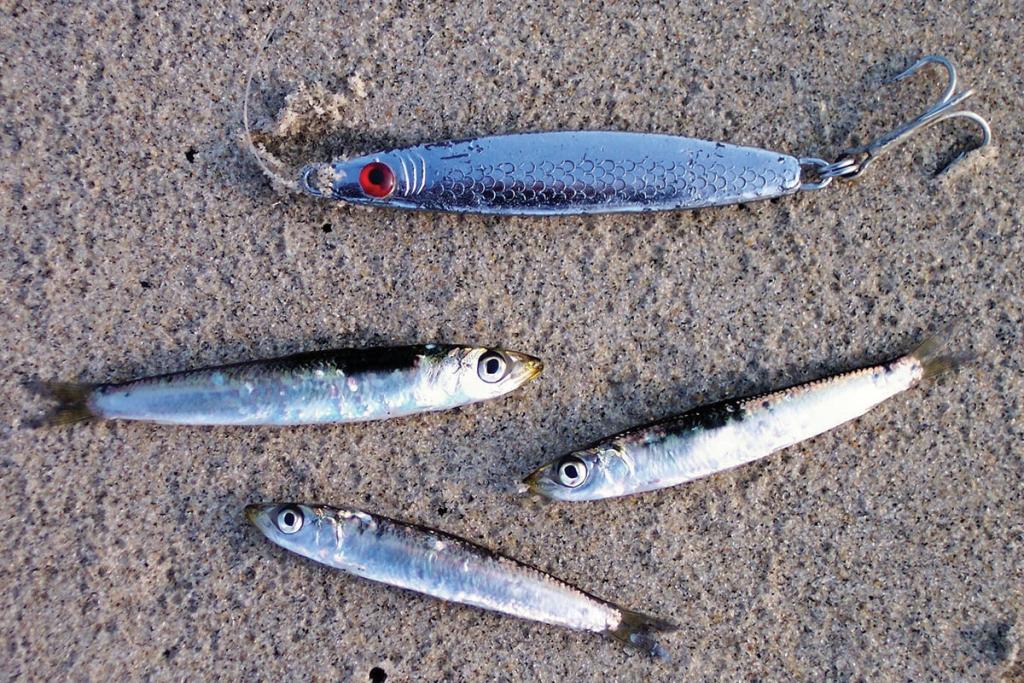
By the time fall rolls around, many lakes are teeming with young-of-the-year baitfish. These smaller, more delicate forage become an easy target, and predatory fish naturally shift their focus to these bite-sized meals. For anglers, that means one simple adjustment can pay off—downsizing your lures.
Finesse worms, small swimbaits, and compact jigs are perfect tools for imitating the forage that’s most abundant. While it might be tempting to stick with bigger baits in hopes of hooking a giant, fall fishing often rewards a more measured approach. Subtlety, precision, and the right presentation can make all the difference when the water cools and the fish are dialed in on smaller prey.
4. Fish the Warmest Part of the Day
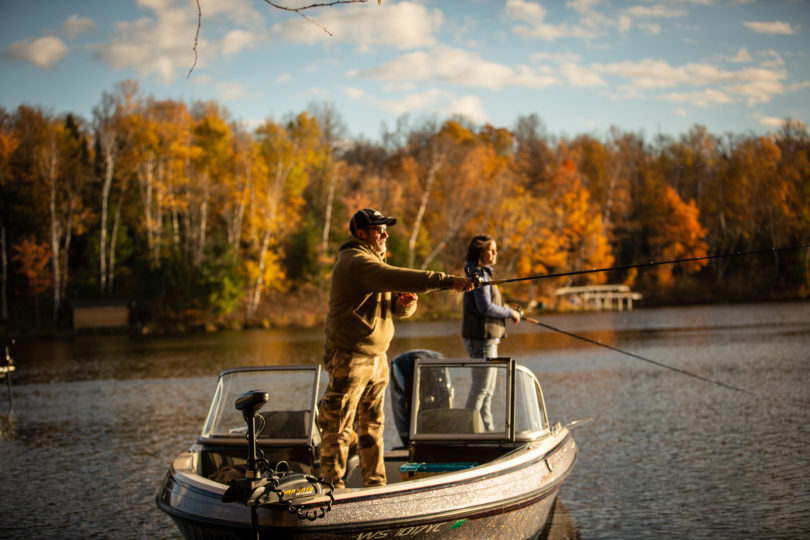
In summer, anglers know that dawn and dusk are prime time, but cooler weather often changes the rhythm. As fall settles in, the most active feeding windows tend to shift to midday or early afternoon. When the sun is high, it warms the water just enough to stir fish into action, making them more willing to feed.
Instead of setting the alarm for a pre-dawn start, plan your outings around this window of opportunity. Between 10 a.m. and 3 p.m., the water holds a touch more warmth, and that subtle difference can turn an ordinary day into one filled with steady bites.
5. Use the Wind to Your Advantage
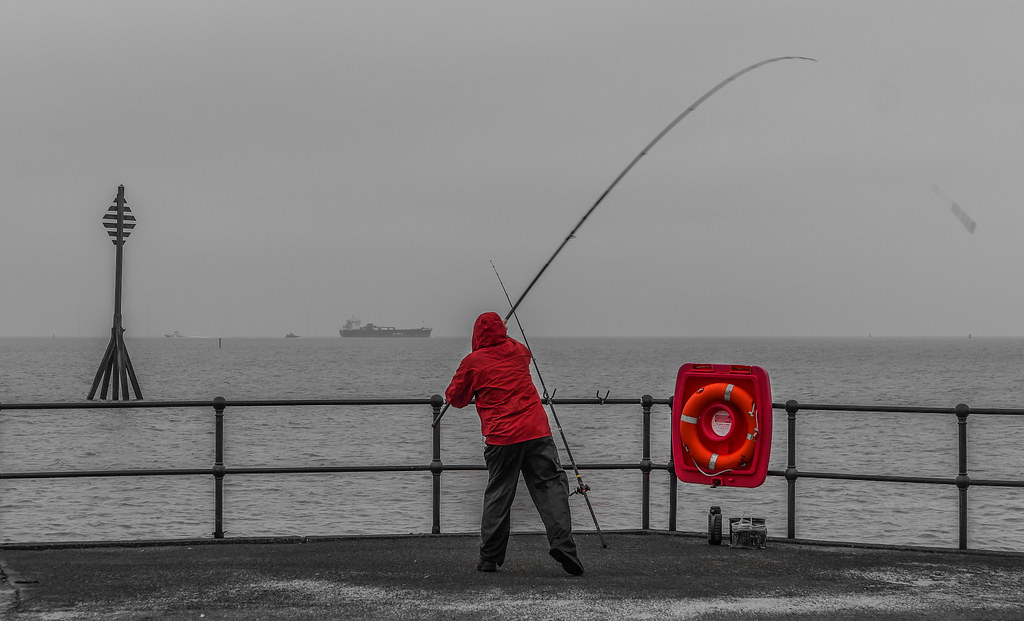
Windy days often get a bad reputation with anglers, but in fall they can be a gift. A steady breeze pushes plankton and baitfish toward windward shores, concentrating the food chain in one place. Wherever the food gathers, predators are never far behind, and these zones can quickly become some of the hottest feeding spots on the lake.
The trick is to fish where the wind is working for you. Focus on banks, coves, and points that face directly into the breeze, and make your casts with the current so your lure drifts naturally. Fishing in the wind may feel less comfortable, but it often leads to more action. On the right day, that extra effort pays off in a big way.
6. Dress for Success
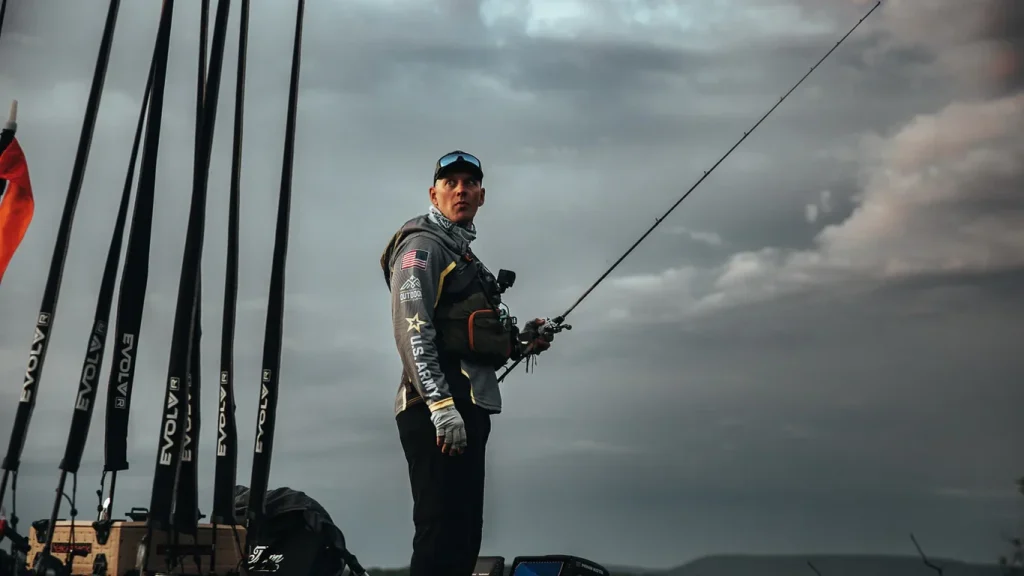
Fishing in cooler weather requires preparation that goes far beyond rods and reels. The first step is dressing smart. Begin with a moisture-wicking base layer to keep sweat off your skin, add an insulating fleece or wool layer for warmth, and finish with a shell that blocks wind and repels water. Accessories matter too. Gloves, a warm hat, and waterproof boots can make all the difference when the temperatures dip.
Staying comfortable is more than just a matter of convenience. Warm, dry anglers are able to remain patient, focused, and alert, which means they are more likely to stay on the water longer and fish more effectively. The better prepared you are for the elements, the more enjoyable—and productive—your time outdoors will be.
7. Turn to Live Bait for Tough Bites
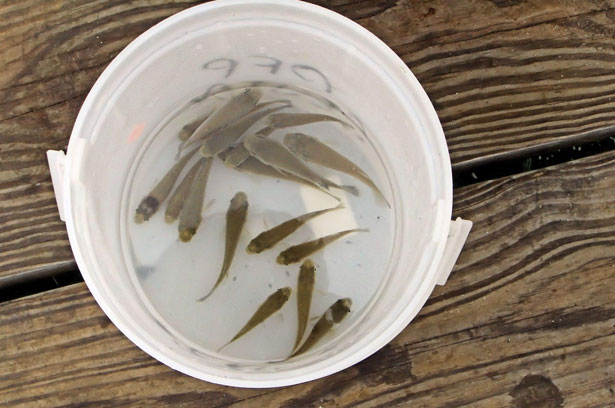
Artificial lures can produce results in any season, but cooler water has a way of making fish more selective. When the action slows and strikes become scarce, live bait often tips the odds in your favor. A lively minnow, shiner, or worm offers a natural presentation that sluggish fish find hard to turn down.
The key is in how you rig it. For panfish, a slip bobber keeps bait moving just enough to catch attention, while a jighead paired with a minnow is a proven setup for walleye. The lifelike motion of live bait does the heavy lifting, often sparking bites when artificials fall short. When conditions get tough, keeping live bait in your arsenal ensures you always have a reliable fallback.
8. Focus on Vertical Techniques
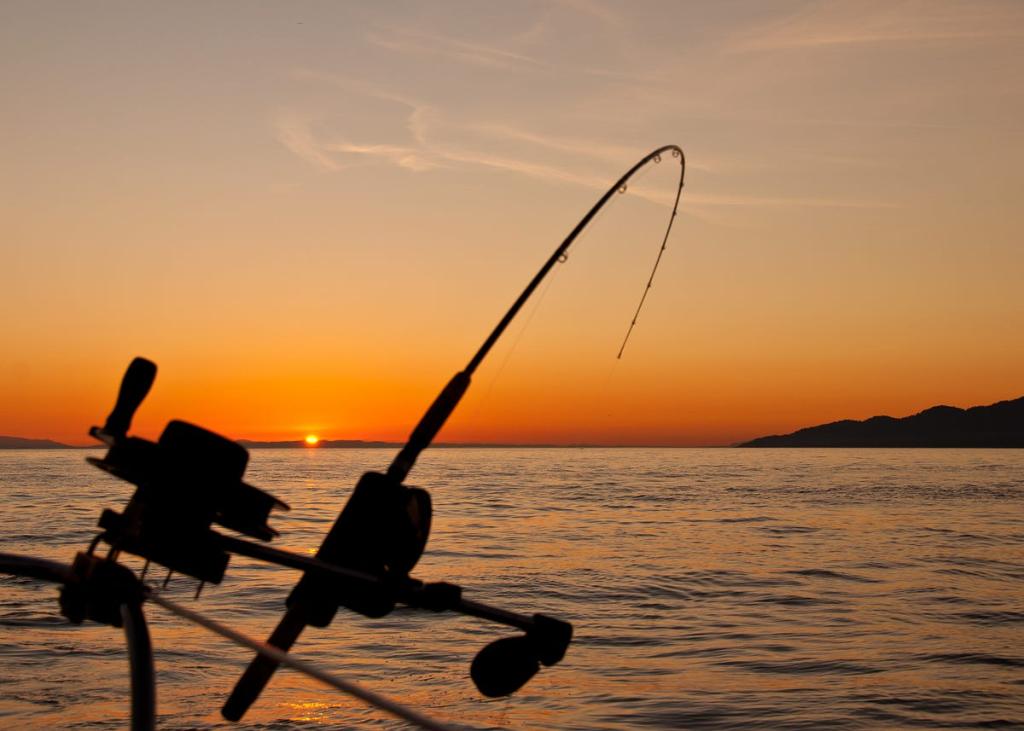
As the water cools and fish begin shifting into deeper zones, the traditional horizontal retrieve often becomes less effective. Instead, success lies in going vertical. Techniques such as working a jigging spoon, a drop-shot rig, or a blade bait allow you to target fish that are holding close to deep structures where they feel secure and comfortable.
Technology gives this strategy an added edge. With modern electronics, you can pinpoint schools of fish and place your lure directly above them. By keeping the bait in their strike zone and minimizing the effort they need to chase it, you increase your chances of a bite. In the colder months, efficiency matters. Fish want meals that come to them, and vertical presentations deliver just that.
9. Watch the Skies and Weather Patterns
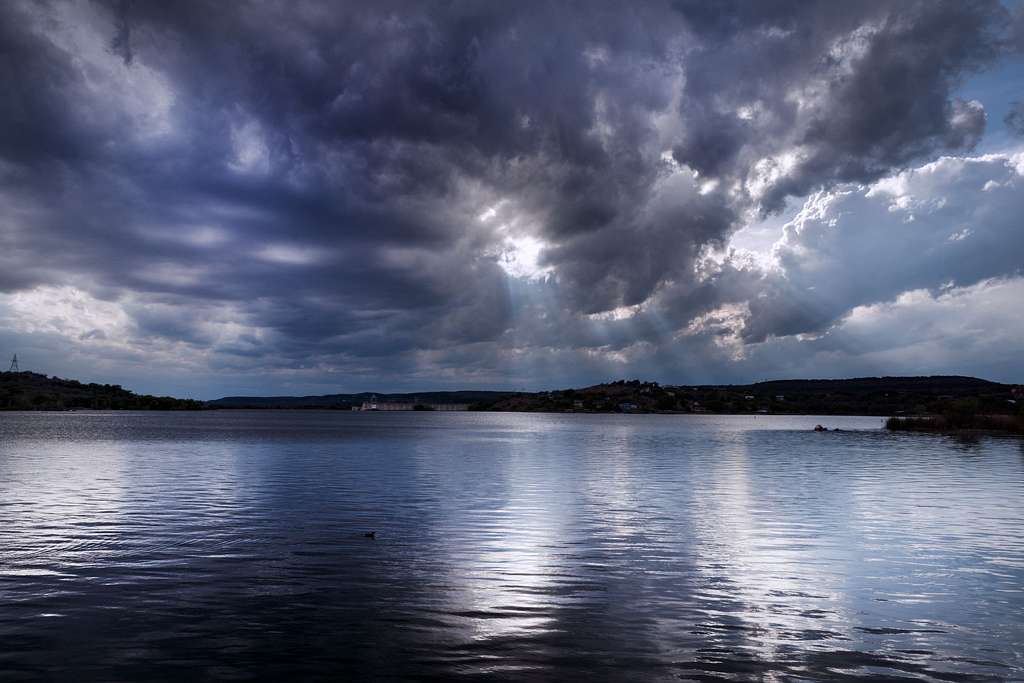
Weather fronts have a powerful influence on fall and early winter fishing. In the hours leading up to a storm system, fish often feed with a noticeable urgency, almost as if they know the change is coming. But once the front has passed and the skies turn clear and blue, that activity usually slows down. High pressure tends to make fish sluggish, and those picture-perfect days on the water can actually be some of the toughest to catch them.
The key is timing. Whenever possible, plan your trips around stretches of stable weather or just ahead of a front. Even small shifts in conditions can work in your favor. A bank of clouds rolling in, a little less sun on the water, or a drop in barometric pressure can be all it takes to spark a stronger bite. Understanding these patterns not only helps you catch more fish but also deepens your connection with the rhythm of the seasons.
10. Prioritize Safety on the Water
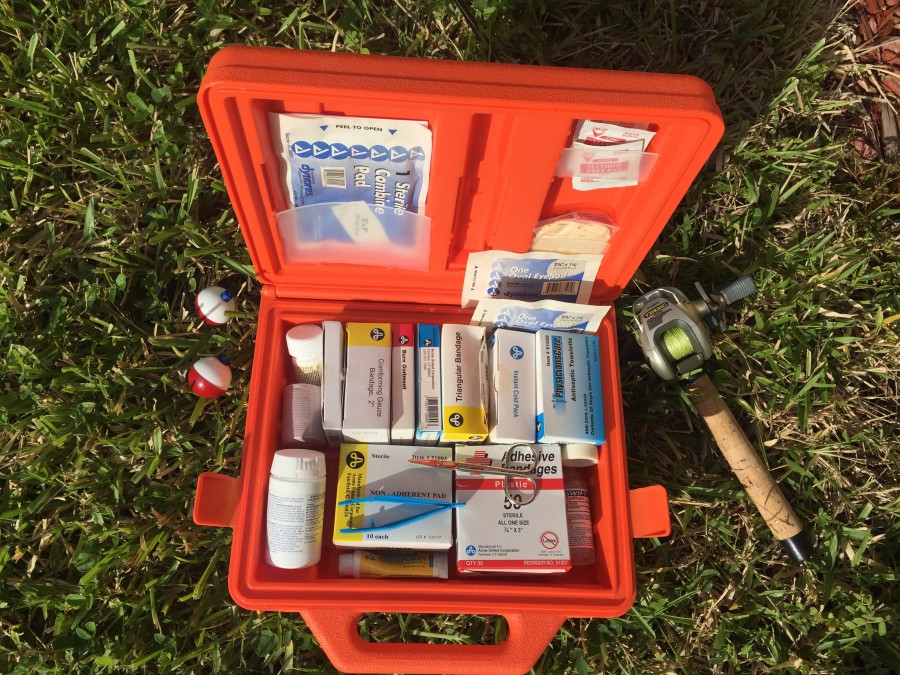
Fishing in cooler weather asks a little more of you, and the first rule is always safety. Cold water doesn’t play around. Even on calm days, a slip into chilly currents can be dangerous, so make that life jacket part of your uniform whether you’re out in a boat or wading along a riverbank.
It also pays to think ahead. Pack a dry bag with extra clothes, stash a first aid kit where you can reach it, and make sure someone knows where you’re headed and when you plan to be back. These small steps can make all the difference in keeping your trip fun, safe, and worry-free.
Beyond the safety prep, fall fishing is about embracing change. The cooler months ask you to adjust your pace, rethink your favorite spots, and be mindful of the conditions. Slow down your presentation, look for those pockets of warmer water, and bring a little extra patience to each cast.
The payoff? Some of the most memorable days you’ll ever spend outdoors. Crisp air on your face, fiery leaves reflecting off the water, and the stillness of a lake or river that feels like it’s all yours. Fall and early winter fishing isn’t just a continuation of summer—it’s a whole new chapter, one that proves the changing seasons don’t stop the adventure. They make it even better.

